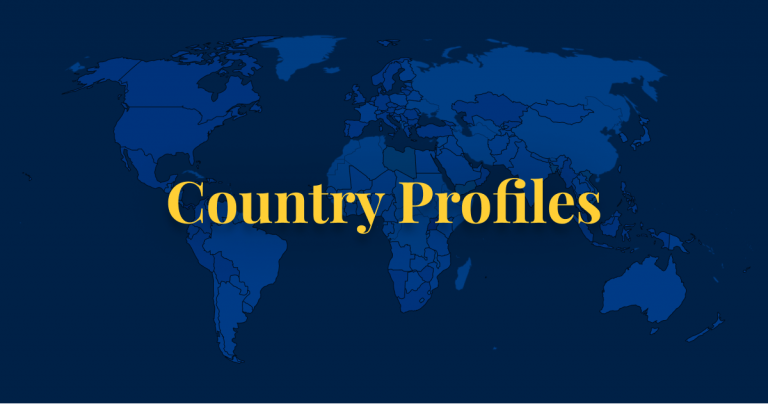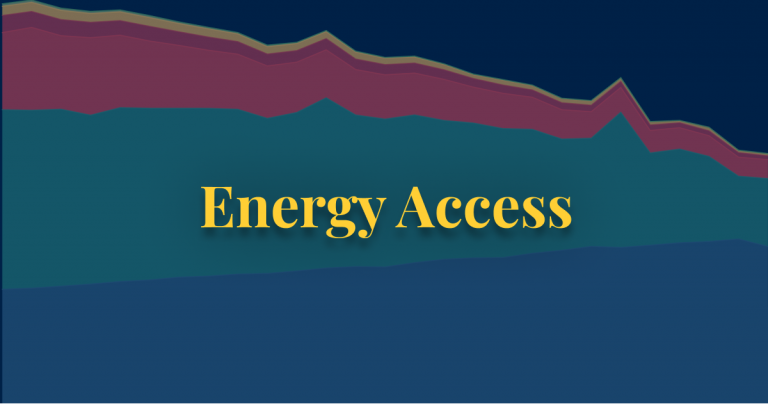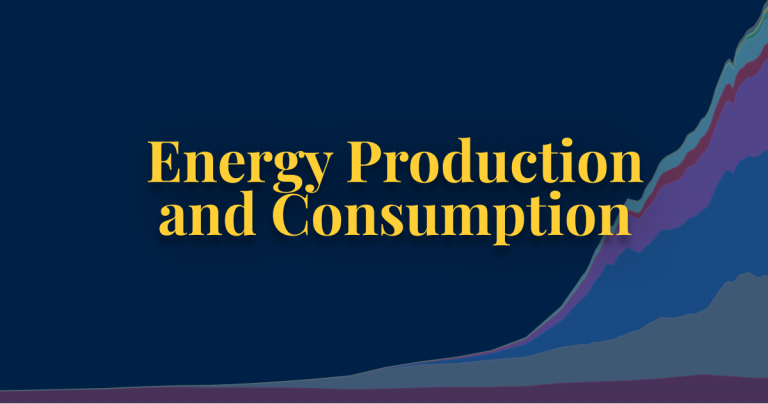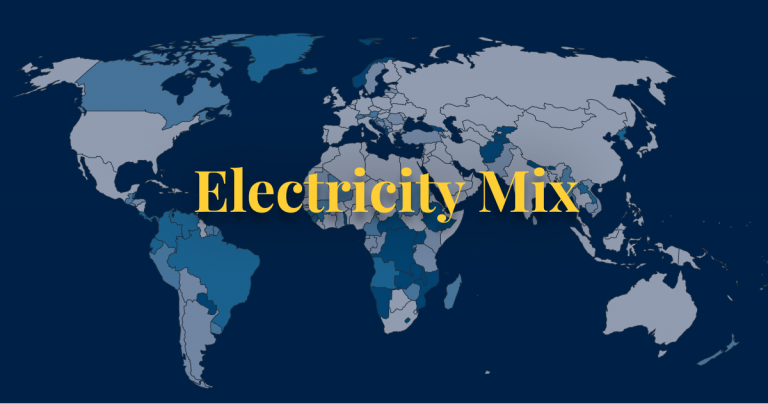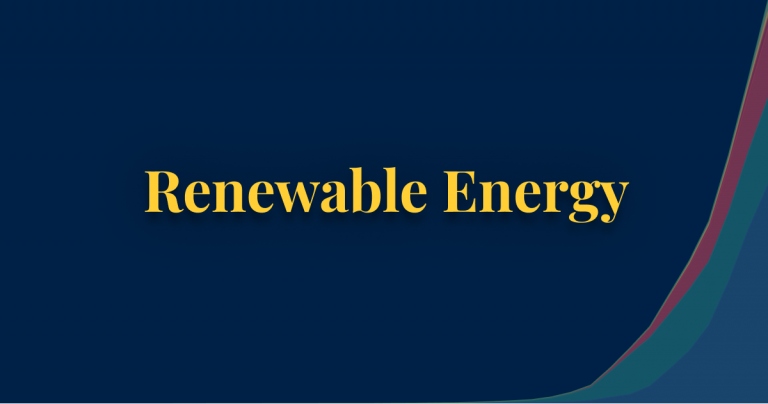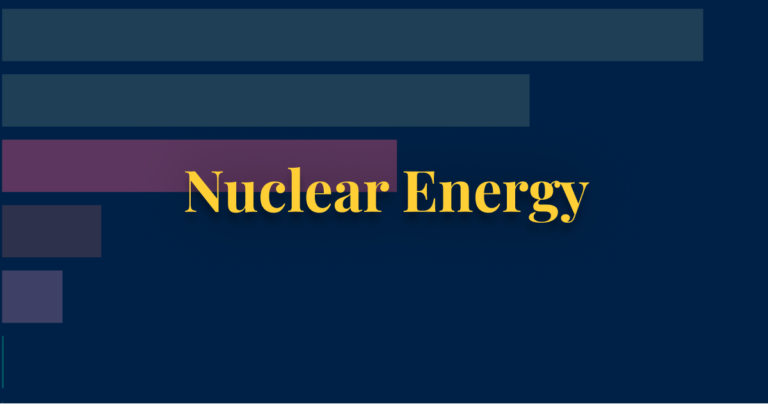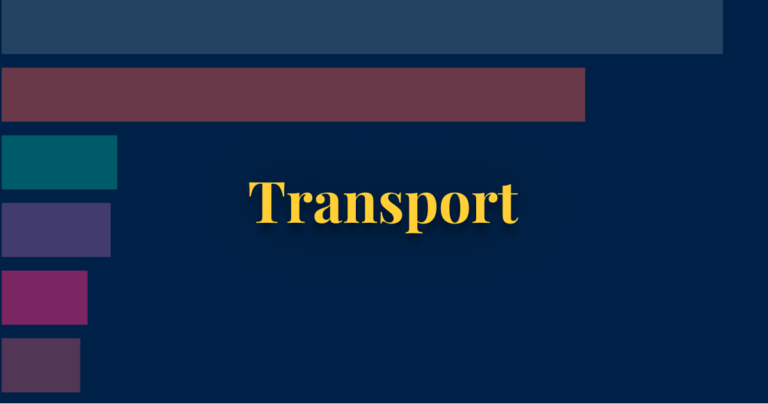Summary
- 940 million (13% of the world) do not have access to electricity.
- 3 billion (40% of the world) do not have access to clean fuels for cooking. This comes at a high health cost for indoor air pollution.
- Per capita electricity consumption varies more than 100-fold across the world.
- Per capita energy consumption varies more than 10-fold across the world.
- Energy access is strongly related to income: poorer households are more likely to lack access.
What share of people have access to electricity?
Electricity is a crucial for poverty alleviation, economic growth and improved living standards (these links are discussed later in the entry).1
Measuring the share of people with electricity access is therefore an important social and economic indicator. There is no universally-adopted definition of what ‘access to electricity’ means. However, most definitions are aligned to the delivery of electricity, safe cooking facilities and a required minimum level of consumption. The International Energy Agency (IEA) definition entails more than just the delivery to the household. It also requires households to meet a specified minimum level of electricity, which is set based on whether the household is rural or urban, and which increases with time. For rural households, this minimum threshold is 250 kilowatt-hours (kWh) per year and for an urban household it is 500 kWh per year.2
At a global level, the percentage of people with access to electricity has been steadily increasing over the last few decades. In 1990, around 71% of the world’s population had access; this has increased to 87% in 2016.
This means 13% of the world did not have access to electricity in 2016.
High-income countries – or countries defined by the UN to be ‘developed’ are assumed to have an electrification rate of 100% from the first year the country entered that category. Therefore, the increasing global share has primarily been driven by increased access in low and middle-income economies. In many countries, this trend has been striking: access in India, for example, increased from 43 percent to almost 85 percent. Indonesia is close to total electrification (sitting at almost 98 percent) – up from 62 percent in 1990. For countries with strong population growth, such improvements in the share of the population with access is even more impressive.
Whilst the trend is upward for most countries, a number are still severely lagging. At the lowest end of the spectrum, only 8.8 percent of Chad’s population has electricity access. For some countries, significant improvements in access will remain a pressing challenge over the next few decades.
How many people don’t have access to electricity?
Global access to electricity has been steadily rising in recent decades. In 1990 just over 71% of the world population had access; by 2016 this had risen to over 87%.
This progress also holds true when we look at the total number of people without electricity access. In 2015, the total number without electricity fell below one billion for the first time in decades; very likely the first time in our history of electricity production.3 This is shown in the chart: in 1990 more than 1.5 billion didn’t have electricity; by 2015 this had fallen to 952 million. By 2016 it had fallen again to 940 million.
Progress has been fast. 1.26 billion got access to electricity for the first time in their lives between 2005 to 2016. Broken down to average daily change this means that on any average day in the last 11 years there were 314,770 people who got access to electricity for the first time in their lives.4
This figure is still unacceptably high — and gains in access are moving much too slow to reach our goal of universal access by 2030. This is particularly true for Sub-Saharan Africa — despite the share of the population with electricity rising steadily, population growth meant that the total number of people without access was on the rise until 2016. Accelerated progress will be needed to ensure this number now continues to fall.
You can explore these numbers for any country or region using the “Change country” function in the bottom-left of the interactive chart.
In the chart we see the total number of people without access to electricity, grouped by world region.
Here we see a regional shift in electricity access over the past few decades: in 1990, nearly half (45 percent) of people in the world without access lived in South Asia. By 2016 this had shifted significantly: the largest share now lives in Sub-Saharan Africa (which is now home to nearly two-thirds of the world population without electricity access).
This data is also available to explore by country in the map.
What share of people have access to clean fuels for cooking?
The use of solid fuels for cooking is a primary risk factor for deaths and morbidity from indoor air pollution. The obvious way to avoid indoor air pollution from solid fuel burning is for households to transition from traditional ways of cooking and heating towards more modern, cleaner methods. This can, for example, be in the form of transitioning towards non-solid fuels such as natural gas, ethanol or even electric technologies.
In 2016, only 60% of the world population had access to clean fuels for cooking. This means 4-in-10 people globally did not have access.
The map shows the share of households with access to clean fuels and technologies for cooking across the world. This share has been increasing for most countries at low-to-middle incomes, however, rates of increase vary by country and region. Access to clean fuels are lowest in Sub-Saharan Africa where only 14% of households in 2016 had access. Progress has been much more significant in South Asia and East Asia over the last decade, with 18% and 16% of additional households gaining access, respectively.
How many people do not have access to clean fuels for cooking?
40% of the world did not have access to clean fuels for cooking in 2016. This equates to 3 billion people globally.
In the visualizations here we see the number of people globally with and without clean cooking fuels, and a world map of the number without access. The total number of people globally without clean cooking fuels has changed very little since 2000 – only falling from 3.1 to 3.03 billion since the turn of the century.
Both charts can be explored over time, and by country using the “change country” toggle, or by clicking on a given country on the world map.
What share of people use solid fuels for cooking?
The burning of solid fuels fills the houses and huts in poorer countries with smoke that kills the world’s poor by causing pneumonia, stroke, heart disease, chronic obstructive pulmonary disease, and lung cancer. The solid fuels responsible for this include wood, crop residues, dung, charcoal, and coal. The solution for this problem is straightforward: shift from solid fuels to modern energy sources.
And the following chart shows that the world is making progress in this direction. In 1980 almost two thirds of the world’s population used solid fuels for their cooking. 30 years later this is down to 41%. The chart also shows that it is a problem associated with poverty: In richer Europe and North America the share is much lower than in the rest of the world; and in the high income countries of the world the use of solid fuels is entirely a thing of the past.
The use of solid fuels is going down in all of the world’s regions. But the success rapidly developing South East Asia is particularly impressive: Here the share fell from 95% to 61%.
Whilst access to electricity is an important metric to monitor (especially within a development context) it is insufficient in itself as a true measure of energy equity. Besides the fact that electricity is only one dimension of energy consumption (the others being transport and heating fuel), electricity access metrics provide no measure of levels of consumption.
Electricity access does not provide an accurate indication of electricity or energy affordability at the individual or household level. Indeed, many households may only consume the minimum threshold of electricity usage necessary to be considered ‘electrified’ as a result of personal finance constraints.5
In the map here we see the differences in average per capita electricity consumption across the world.
What becomes clear is the large inequalities which exist between countries. In many low-income countries, per capita electricity consumption is more than 100-fold lower than the richest countries. In 2014, the average person in the Democratic Republic of Congo consumed just over 100kWh – this is more than 100 times less than Canada, the US, Australia, Norway, Sweden or Finland, South Korea and the UAE which all consumed over 10,000kWh.
In the map we see differences in per capita energy use; this is inclusive of all dimensions of energy (electricity plus transport and heating). There are several important points to note.
Firstly, there are large inequalities in energy consumption between countries. The average US citizen still consumes more than ten times the energy of the average Indian, 4-5 times that of a Brazilian, and three times more than China. The gulf between these and very low-income nations is even greater- a number of low-income nations consume less than 100 kilowatt-hour equivalents per person.
Secondly, global average per capita energy consumption has been consistently increasing; between 1970 and 2014, average consumption increased by approximately 45%.
This growth in per capita energy consumption does, however, vary significantly between countries and regions. Most of the growth in per capita energy consumption over the last few decades has been driven by increased consumption in transitioning middle-income (and to a lesser extent, low income countries). In the chart we see a significant increase in consumption in transitioning BRICS economies (China, India and Brazil in particular); China’s per capita use has grown by nearly 250 percent since 2000; India by more than 50 percent; and Brazil by 38 percent.
Whilst global energy growth is growing from developing economies, the trend for many high-income nations is a notable decline. As we see in exemplar trends from the UK and US, the growth we are currently seeing in transitioning economies ended for many high-income nations by over the 1970s and 80s. Both the US and UK peaked in terms of per capita energy consumption in the 1970s, plateauing for several decades until the early 2000s. Since then, we see a reduction in consumption; since 2000, UK usage has decreased by 20 to 25%.
Low-income households lack access to electricity and clean fuels
The availability (and affordability) of electricity and clean fuels for cooking is strongly related to income. Poor energy access is strongly tied to having a low income.
In the scatterplots here we see the relationship between access to electricity, and access to clean cooking fuels measured against average income (GDP per capita). In both metrics we see a strong positive correlation: energy access is low in poorer countries, and increases as incomes increase.
Rural households lag behind on energy access
Access to electricity has been increasing globally, with most of this increase coming from low-to-middle income economies. However, access to electricity is not equally distributed between rural and urban demographics.
In the chart we have plotted the percentage of the rural population with electricity access (on the y-axis) versus the percentage of the urban population with access (x-axis). Countries which lie below the grey line have lower access in rural populations relative to access in urban areas. Nearly all lie below this line, meaning that for most nations electricity access in urban areas is higher than in rural regions.
- Data: Access to electricity; Access to clean fuels and technologies for cooking; Electricity use per capita; Energy use per capita
- Geographical coverage: Global – by country and world region
- Time span: Last decades
- Available at: http://data.worldbank.org/data-catalog/world-development-indicators
- Data: Data on energy access and use
- Geographical coverage: Global – by country
- Time span: Last decades
- Available at: Online at www.iea.org
- The IEA is publishing the World Energy Outlook.
- You have to pay to access the IEA databases. But some data is available through the World Bank’s World Development Indicators.

